Effective Cover Letter Template for Job Seekers
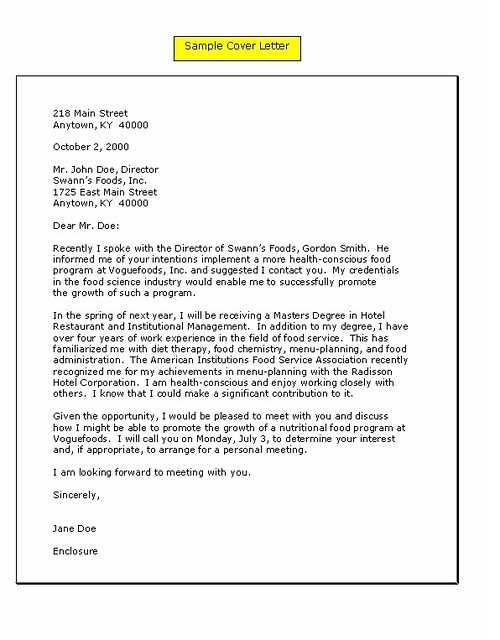
How to Customize Your Template Effectively
Building a Compelling Introduction for Employers
How to Highlight Relevant Skills and Experience
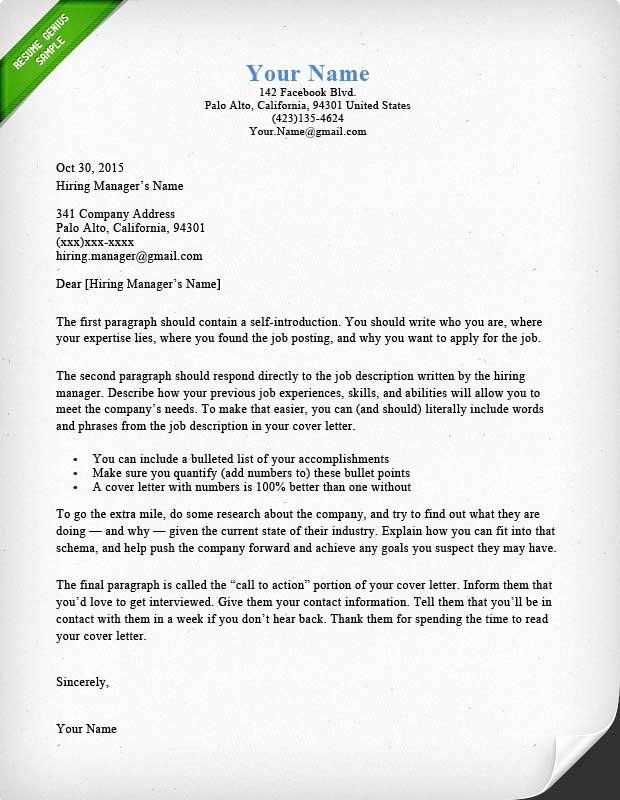
Key Elements of a Strong Cover Letter
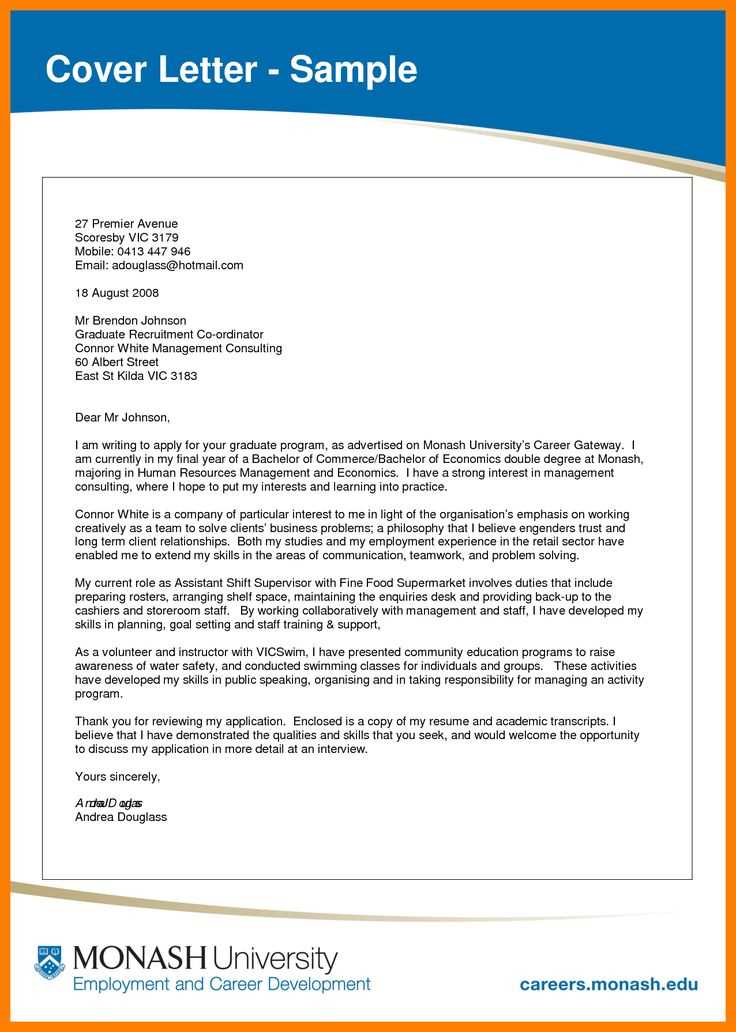
Crafting a compelling introduction for a job application is essential to making a positive first impression. A well-structured message should highlight your qualifications, motivation, and enthusiasm in a concise and professional manner. Several critical components contribute to a message that captures the employer’s attention and demonstrates your suitability for the position.
Introduction: Start with a clear and direct opening that mentions the position you’re applying for and how you came across the opportunity. Avoid generic greetings and personalize your approach to show genuine interest.
Relevant Skills and Experience: Focus on the qualifications that make you a strong candidate for the role. Emphasize specific skills and past experiences that align with the employer’s needs, highlighting your unique strengths.
Motivation and Fit: Demonstrate why you are excited about the company and the role. Align your personal values and career goals with the organization’s mission, proving that you are a good fit for their team.
Call to Action: Conclude by expressing a desire for further discussion. Invite the reader to contact you for an interview and express your eagerness to contribute to the organization.
How to Customize Your Template Effectively
Tailoring your application message is key to standing out from other candidates. By adjusting the content to reflect the specific requirements of each job, you demonstrate both your attention to detail and your genuine interest in the position. Personalizing the structure ensures that your communication is relevant and impactful, making a lasting impression on the hiring manager.
Start by analyzing the job description and identifying the key skills and qualifications required. Then, modify your content to highlight your relevant experiences that directly match the company’s needs. This approach shows that you’ve done your research and are truly invested in the opportunity.
Make sure to adjust the language and tone based on the company culture. A formal tone may be more appropriate for traditional industries, while a more relaxed style might suit a creative or tech-driven organization. Adapt your message to align with the company’s values and ethos, showing that you understand their environment.
Finally, ensure that all personal details, such as the company name and job title, are correctly inserted. Small changes like these can make a significant difference in how your message is received and will highlight your attention to detail.
Common Mistakes to Avoid in Cover Letters
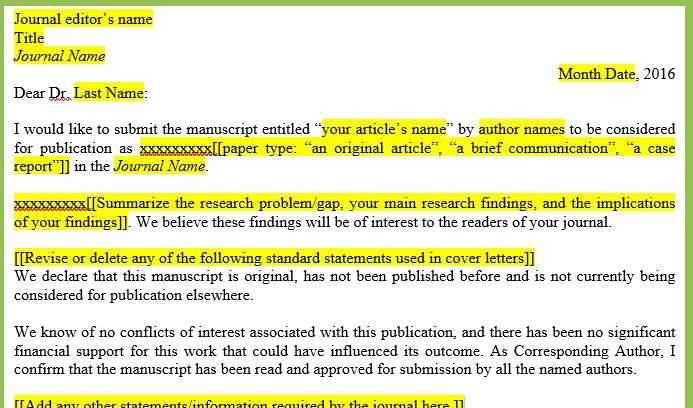
While composing a job application message, it’s easy to overlook key details that can hurt your chances. Avoiding common errors is crucial in ensuring that your communication is professional and impactful. Below are some typical missteps that applicants often make and how to prevent them.
| Mistake | How to Avoid |
|---|---|
| Using a generic greeting | Personalize the greeting by addressing the hiring manager by name when possible, rather than using a vague “To Whom It May Concern”. |
| Repeating your resume | Focus on adding value by expanding on your qualifications, not just repeating what is already on your resume. |
| Focusing too much on yourself | Balance your personal experience with a focus on how your skills can benefit the company and its goals. |
| Using overly casual language | Maintain a professional tone throughout, even if the company culture is casual. Avoid slang and overly familiar expressions. |
| Forgetting to proofread | Always review your message for spelling, grammar, and formatting mistakes before sending it. A polished message shows professionalism. |
Tailoring Your Cover Letter for Specific Jobs
Customizing your application message to match each job description is a powerful way to demonstrate that you’re the right fit for the role. By aligning your qualifications with the employer’s needs, you show that you’ve taken the time to understand the company and the position. This personalized approach helps to grab the hiring manager’s attention and increase your chances of standing out.
To tailor your application effectively, consider the following steps:
- Analyze the Job Posting: Carefully review the job description and note key skills, responsibilities, and company values.
- Highlight Relevant Experience: Select examples from your background that align with the job requirements, focusing on achievements that match the company’s needs.
- Match Skills with Role Requirements: Demonstrate how your skills and expertise directly address the core functions of the position.
- Reflect the Company Culture: Adapt your tone and language to suit the company’s environment, whether it’s formal or more relaxed.
- Address Specific Challenges: If the job posting mentions specific challenges or goals, explain how you can contribute to overcoming them.
By making these adjustments, your message will resonate with the employer and show your genuine interest in the role. A tailored approach proves that you’re proactive and dedicated, increasing your likelihood of getting noticed.
How to Highlight Relevant Skills and Experience
When applying for a job, it’s essential to emphasize the abilities and experiences that are most aligned with the role you’re seeking. By showcasing your qualifications in a way that connects directly with the employer’s needs, you present yourself as a strong and capable candidate. The goal is to make it clear that your background makes you an ideal fit for the position.
Identify Key Qualifications
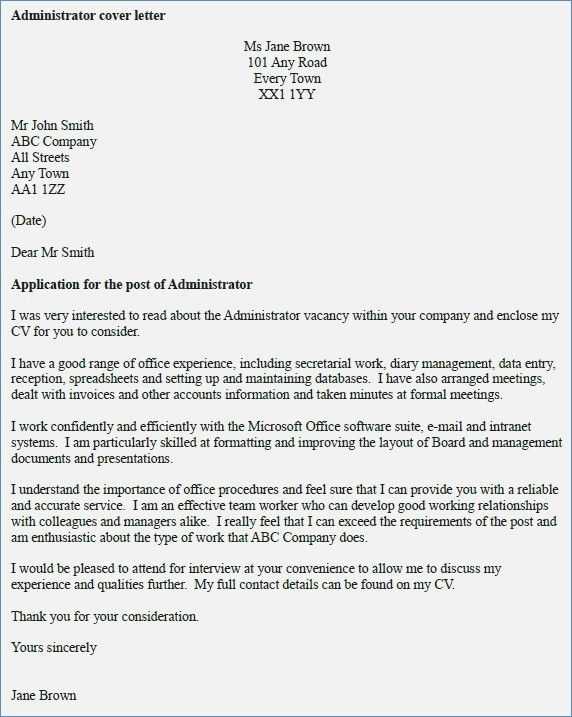
Start by reviewing the job posting to identify the key skills and qualifications the employer is looking for. These are often highlighted in the responsibilities section. Once you’ve identified these requirements, think about your own background and select the most relevant experiences to share. Focus on achievements or situations where you successfully demonstrated those skills.
Provide Concrete Examples

Rather than simply stating your abilities, provide specific examples of how you have applied them in previous roles. Quantify your achievements when possible–such as increasing sales by a certain percentage or leading a successful project–so the employer can easily see the value you bring. These concrete examples add credibility and context to your application, making it more compelling.